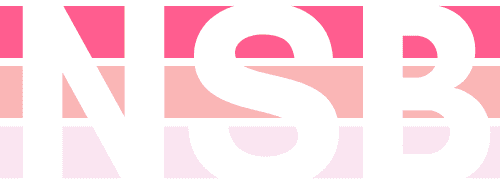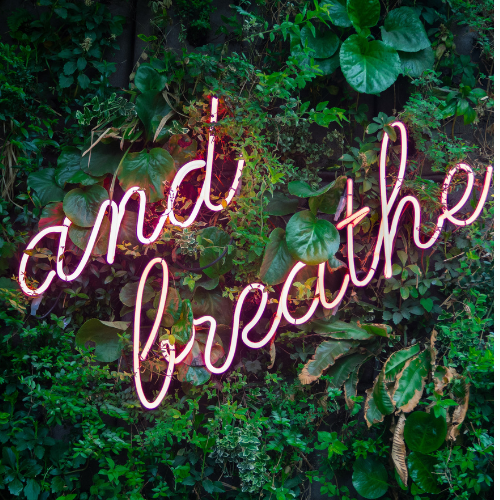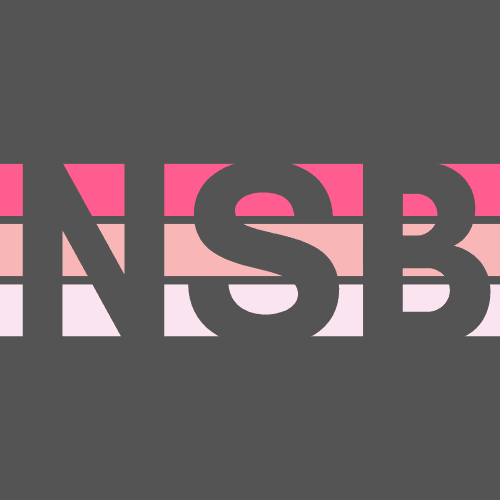Conscious awareness of the breath connects to the present moment and the body. All forms of breath work therapy are centred on the act of breathing inwards and outwards. But each model incorporates its own particular exercises.
For centuries, people have sought spiritual awakening, self-healing, and meditative relaxation through breathing techniques.
Over the past few decades, controversy has surrounded the practice of certain kinds of Breath Work, The main concerns that breath work has been known to induce hyperventilation. Hyperventilation may lead to physical issues including dizziness, tingling of extremities, heart palpitations, or muscle spasms. However, as part of a larger system of wellbeing practices, breath work can be transformative.
Breath work has roots in Eastern practices like yoga, Tai Chi, and Buddhism. However, most of the breath work therapy used today got its start during the consciousness-raising era of the 1960s and 1970s.
Some models emphasised self-awareness and inner peace. Others dealt with altered states of consciousness and psychedelic effects.
Pranayama (The Fourth Limb of Classical Yoga)
Breath work in classical yogic traditions is the considered the gateway between body and mind, that, is the bridge between asana and dharana to dhyana. Pranayama is the fourth limb of Raja yoga, or classical Hatha, often utilised as the preliminary tool for training the sensory mind (manas) and attentional awareness
Tai Chi, Qigong and other Taoist Practices
In esoteric Taoist practices (the third wave of Taoism), breathing features heavily. These are usually incorporated into Tai chi (太極, Tàijí, short for 太極拳, T’ai chi ch’üan or Tàijí quán in Chinese Mandarin), Qigong (气功, Qìgōng, also known as Chi kung or Chi gung) and other meditative practices as techniques to connect with the natural force of Qi (气, Qì, loosely translating as ‘life force energy’ from the Chinese) through the body and breath. Some of these techniques include connecting the breath with the ground beneath us (as in breathing in from the ground), microcosmic orbit breath work (connecting to the circular flow of energy within the body), and organ breathing (sending our attention and awareness to the energetic qualities of our organs).
Rebirthing Breath work
Rebirthing Breath work, also known as Conscious Energy Breathing, was developed by Leonard Orr. It focused on the traumatic experience of birth claiming to be capable of releasing suppressed traumatic childhood memories.
After allegedly re-experiencing his own birth in his bathtub, Leonard Orr was inspired to help others find the same inner peace. The goal of Rebirthing is to help people release energy blockages that have been stored in the body and mind due to suppressed trauma. In treatment, participants are asked to lie down, relax, and breathe normally. Through the use of “conscious connected circular breathing”, inhibitions surface. The tensions of past trauma are then illuminated. Deep relaxation is used to promote brain waves that lead to the release of subconscious issues and pent-up energy.
Holotropic Breath work
Following the suppression of legal LSD use and clinical experimentation in the late 1960s. Stanislav Grof had to stop his LSD-based psychedelic therapy, So he developed Holotropic Breath work, with his wife, Christina Grof,
Holotropic Breath work uses breathing and other elements to allow access to non-ordinary states of consciousness. The goal is to achieve “wholeness” of mind, body, and spirit. Sessions are facilitated by certified practitioners who have completed the Grof Transpersonal Training program. With the aid of “evocative” music and occasional bodywork, participants are guided through breath exercises while lying down. This is meant to induce altered states of consciousness. Holotropic Breathwork is often conducted with groups. This allows people to work in pairs and support each other’s processes. Participants usually create mandalas related to their breathwork experience immediately after the group breathing exercises. Sessions end with sharing and discussion. This helps participants integrate what they have learned about themselves.
Since the 1970s, the field of breath work therapy has grown further.
Integrative Breath work
In 1991, Jacquelyn Small founded Integrative Breathwork. This approach is based on her work in Holotropic Breathwork alongside Dr. Grof.
Integrative Breathwork combines accelerated breathing with evocative music, mixed in a specifically designed, high fidelity playlist, typically with eyes closed and lying down, each person utilising their own breath and the music to experience a non-ordinary state of consciousness. Participants are provided with recommendations on how to set up their environment and what to have with them.
Integrative Breathwork has proven to lower blood pressure, relieve anxiety, and alleviate stress along with allowing participants us to access, release and integrate trauma, memories, and emotions.
Clarity Breathwork
Clarity Breathwork was established in 1999 by Ashanna Solaris and Dana DeLong (Dharma Devi). Formerly known as and evolved from Rebirthing Clarity Breath work is a powerful process of healing and transformation. It deeply supports the clearing away of old energies, patterns, conditioning, negative thoughts, and emotions and ‘opens the mind for new life and greater consciousness’ it is used along side counselling.
Wim Hof Method
Wim Hof markets a regimen, this method involves three pillars: cold therapy, breathing and meditation. The goal of the Wim Hof Method is to teach you to develop mastery over your nervous, immune, and cardiovascular systems to help you be happier, stronger, and healthier.
There are many variations of the breathing method. The basic version consists of three phases as follows:
1. Controlled hyperventilation (the first phase involves 30 cycles of breathing. Each cycle goes as follows: take a powerful breath in, fully filling the lungs. Breathe out by passively releasing the breath, but not actively exhaling. Repeat this cycle at a steady pace thirty times. Wim Hof says that this form of hyperventilation may lead to tingling sensations or light-headedness),
2. Exhalation (after completion of the 30 cycles of controlled hyperventilation, take another deep breath in, and let it out completely. Hold the breath (with lungs empty) for as long as possible), and
3. Breath retention (when strong urges to breathe occur, take a full deep breath in. Hold the breath for around 15 – 20 seconds and let it go. The body may experience a normal head-rush sensation). These three phases may be repeated for three consecutive rounds.
Clarity Breath work expanded upon the principles of Rebirthing to include a more generalised approach to trauma and therapy.
There have been few scientific studies conducted on various forms of Breath Work since various breathing practices are often studied in combination with other practices, such as Asana (the third limb of classical yoga) and various forms of meditation. Additionally, some studies have reported that people may also find the effects of various forms of breath work distressing. Breath Work is reported to benefit people experiencing issues such as anxiety, chronic pain, anger, depression, trauma and Post-traumatic Stress Disorder (PTSD) and grief and loss.
There are many forms of Breath Work that have emerged over the last few decades. These include: Vivation, Integrative Breathwork, Transformational Breathwork, Shamanic Breathwork and Zen Yoga Breath work.
Contraindications of Breath work
Breath work is not recommended for people with a history of cardiovascular problems, high blood pressure, vision problems, osteoporosis, or any recent physical injuries or surgeries. It is also not recommended for people who experience severe psychiatric symptoms or seizures or who take heavy medication. Potential participants may want to consult with their primary care physician and seek a certified professional before engaging in breath work therapy.



